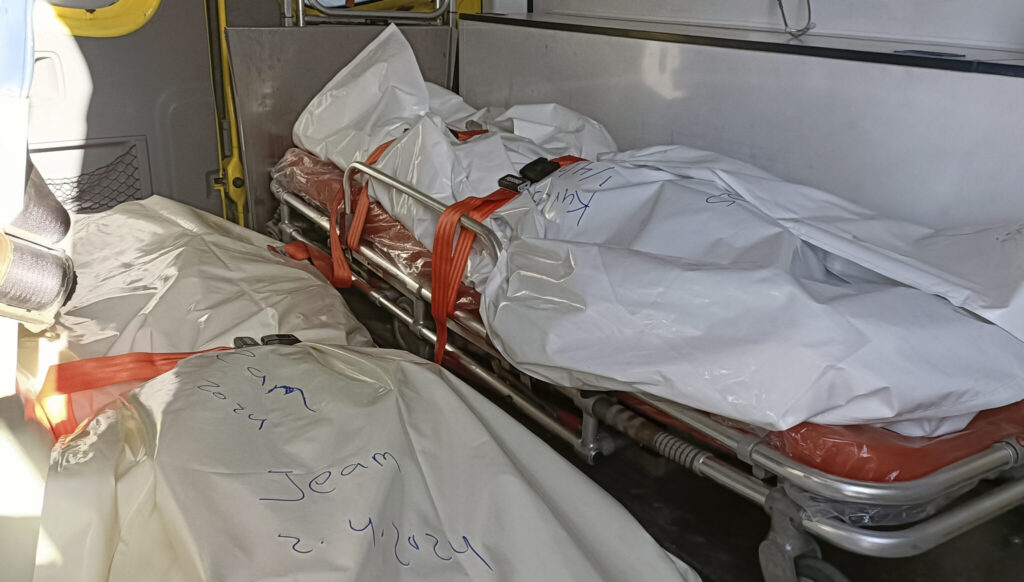Two basic mistakes, according to the Israeli military. First, an officer overlooked a message detailing the vehicles in the convoy. Second, a spotter saw something in one car – possibly a bag – that he thought was a weapon. Officials say the result was the series of Israeli drone strikes that killed seven aid workers on a dark Gaza road. The Israeli military has described the deadly strike on the World Central Kitchen convoy as a tragic error. Its explanation raises the question: If that’s the case, how often has Israel made such mistakes in its 6-month-old offensive in Gaza? Rights groups and aid workers say Monday night’s mistake was hardly an anomaly. They say the wider problem is not violations of the military’s rules of engagement but the rules themselves.
Quick Read
- Israeli Military Admits Fault: The Israeli military acknowledged two critical errors in the drone strike that killed seven World Central Kitchen aid workers: overlooking a message about the convoy and mistaking a possible bag for a weapon in a car.
- Pattern of Mistakes: Rights groups and aid workers argue this incident isn’t isolated, but part of a broader issue where the military’s engagement rules allow excessive civilian casualties in the Gaza offensive.
- Civilian Casualties: Over 33,000 Palestinians, including many women and children, have been killed in Israel’s six-month offensive, with Israel attributing the high civilian toll to militants operating among the population.
- Investigations Focused on Individual Cases: Critics argue that investigations into such incidents don’t address the broader policies and rules of engagement that lead to civilian deaths.
- Instances of Questionable Strikes: There have been numerous incidents where Israeli forces have attacked civilians or aid workers, often without clear justification or with conflicting explanations from the military.
- Rare Admissions of Mistakes: Israeli military seldom admits to mistakes in its operations. When admissions occur, they often raise further questions about the conduct and rules of engagement of the forces.
- Pattern of Reckless Behavior: Experts criticize the Israeli military’s conduct in Gaza, pointing to a pattern of reckless behavior and inadequate command and control in operations that result in civilian casualties.
The Associated Press has the story:
Israel says its strike that killed aid workers was a mistake. Rights groups say it was no anomaly
Newslooks- CAIRO (AP) —
Two basic mistakes, according to the Israeli military. First, an officer overlooked a message detailing the vehicles in the convoy. Second, a spotter saw something in one car – possibly a bag – that he thought was a weapon. Officials say the result was the series of Israeli drone strikes that killed seven aid workers on a dark Gaza road.
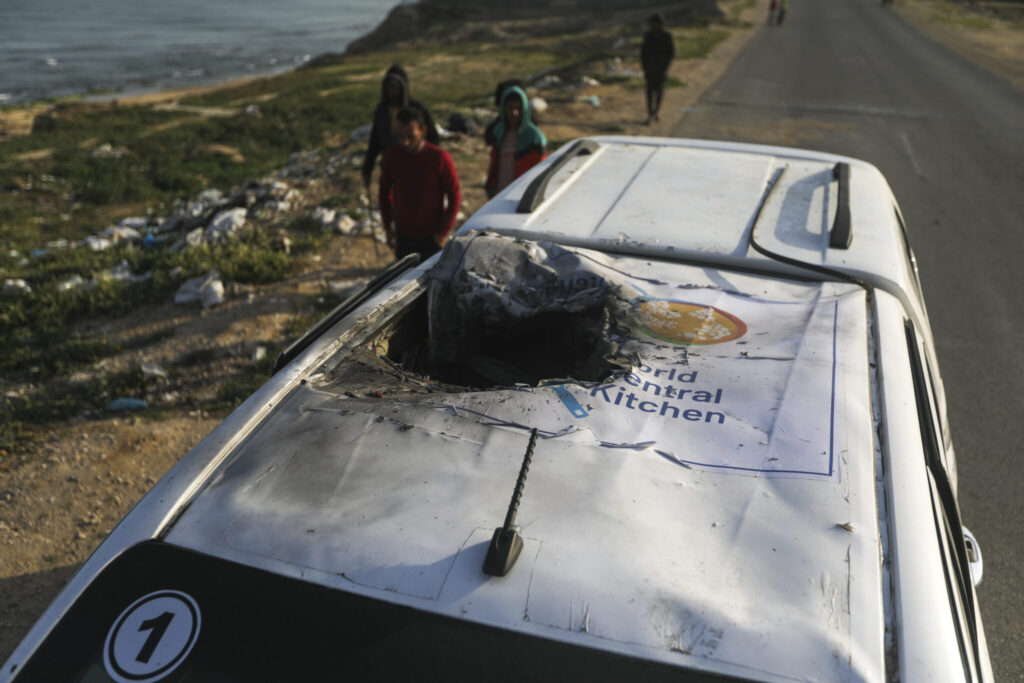
The Israeli military has described the deadly strike on the World Central Kitchen convoy as a tragic error. Its explanation raises the question: If that’s the case, how often has Israel made such mistakes in its 6-month-old offensive in Gaza?
Rights groups and aid workers say Monday night’s mistake was hardly an anomaly. They say the wider problem is not violations of the military’s rules of engagement but the rules themselves.
In Israel’s drive to destroy Hamas after its Oct. 7 attacks, the rights groups and aid workers say, the military seems to have given itself wide leeway to determine what is a target and how many civilian deaths it allows as “collateral damage.”
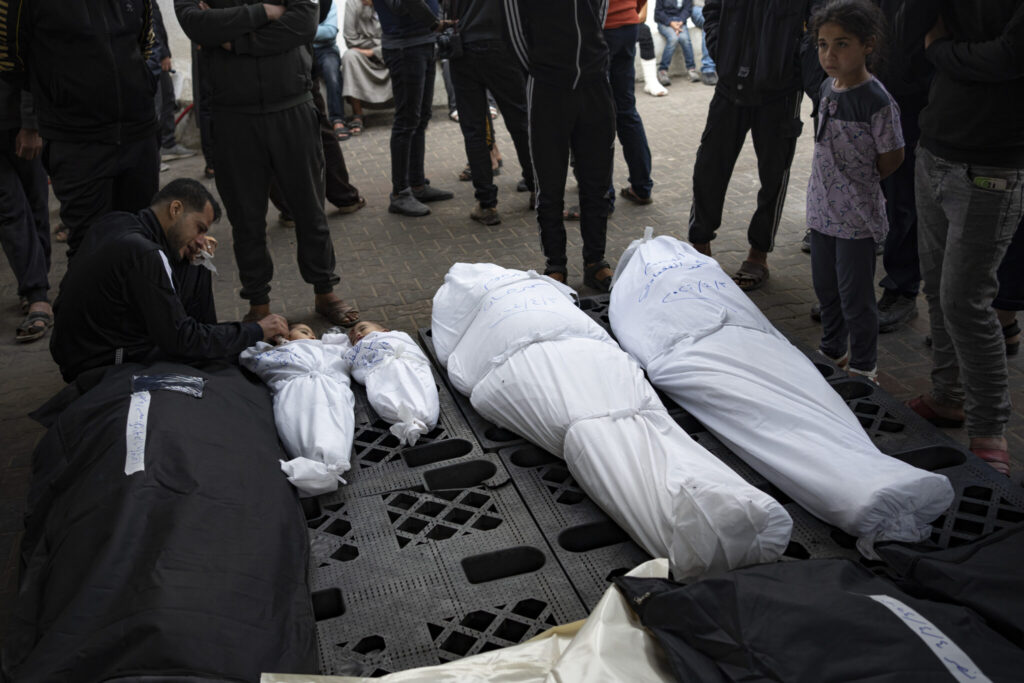
More than 33,000 Palestinians have been killed in Israel’s offensive, around two-thirds of them women and children, according to Gaza’s Health Ministry. Its count doesn’t distinguish between civilians and combatants.
Israel says it is targeting Hamas fighters and infrastructure and that it tries to minimize civilian deaths. It blames the large number of civilian casualties on militants and says it’s because they operate among the population. Israel says each strike goes through an assessment by legal experts, but it has not made its rules of engagement public.
OTHER STRIKES
In the thousands of strikes Israel has carried out, as well as shelling and shootings in ground operations, it’s impossible to know how many times a target has been wrongly identified. Nearly every day, strikes level buildings with Palestinian families inside, killing men, women and children, with no explanation of the target or independent accountability over the proportionality of the strike.
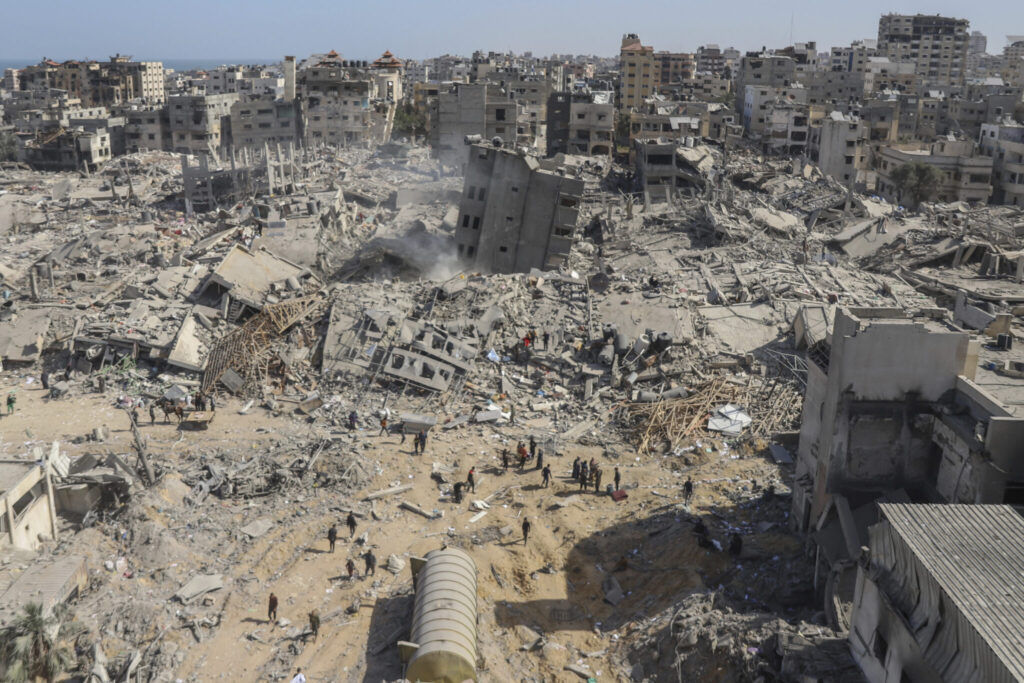
Sarit Michaeli, spokeswoman for the Israeli human rights group B’Tselem, said the World Central Kitchen strike drew world attention only because foreigners were killed.
“The thought that this is a unique case, that it’s a rare example — it’s an insult to the intelligence of anyone who has been following the situation,” she said.
She said a broader investigation is needed into the rules of engagement: “The relevant questions aren’t asked because the investigations only deal with specific cases, rather than the broader policy.”
Israel’s chief military spokesman, Daniel Hagari, acknowledged, “Mistakes were conducted in the last six months.”
“We do everything we can not to harm innocent civilians,” he told reporters. “It is hard because Hamas is going with civilian clothes … Is it a problem, is it complexity for us? Yes. Does that matter? No. We need to do more and more and more to distinguish.”
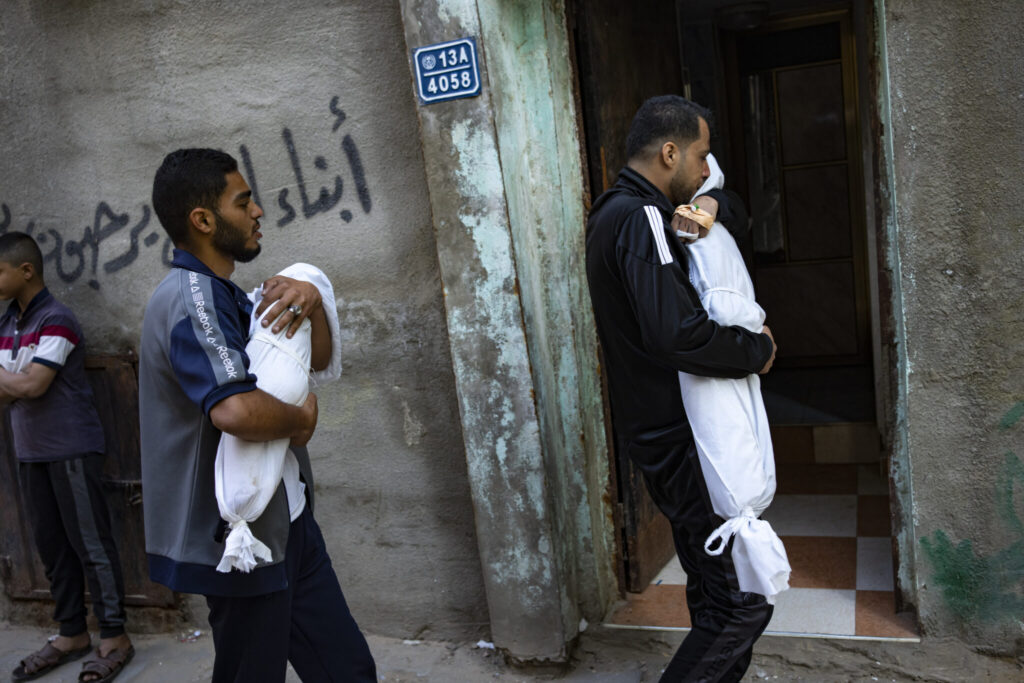
But the military hasn’t specified how it will achieve this.
Brig. Gen. Benny Gal, who was part of the investigation into the World Central Kitchen strikes, was asked whether more questions should be asked before a strike is authorized.
“This was not our standards,” he said. “The standard is more questions, more details, more crossing sources. And this was not the case.”
WHITE FLAGS
Palestinian witnesses have repeatedly reported people, including women and children, being shot and killed or wounded by Israeli troops while carrying white flags. Several videos have surfaced showing Palestinians being fired at or killed while seeming to pose little threat to Israeli forces nearby.
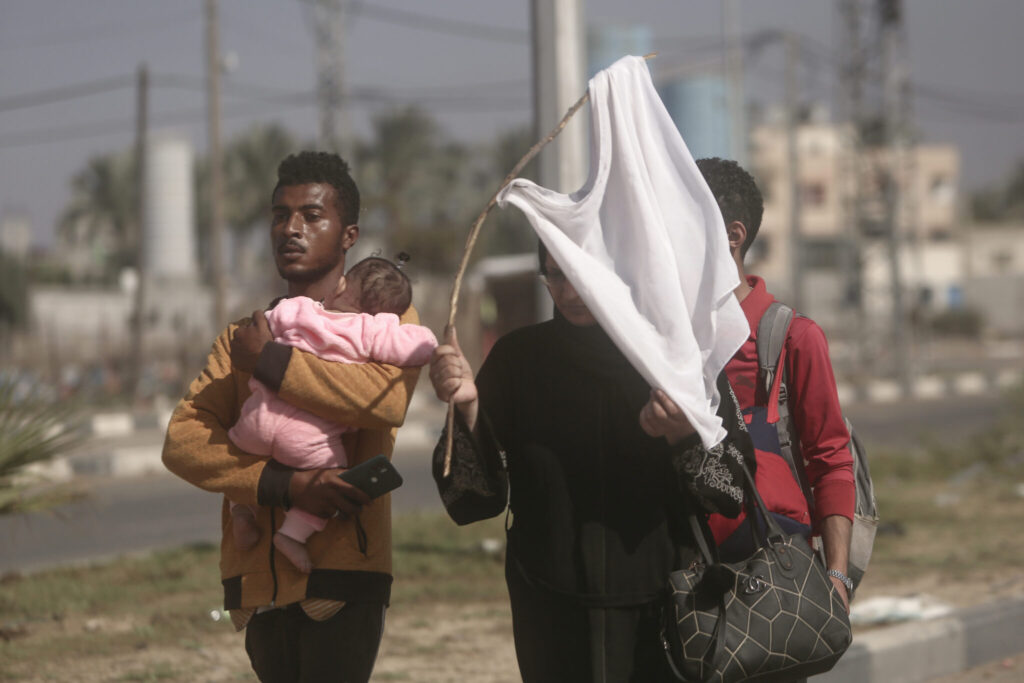
In March, the military acknowledged it shot dead two Palestinians and wounded a third while walking on a Gaza beach. It said troops opened fire after the men allegedly ignored warning shots. It reacted after the news channel Al Jazeera showed footage of one of the men falling to the ground while walking in an open area and then a bulldozer pushing two bodies into the garbage-strewn sand. It said at least two of the three men were waving white flags.
Aid groups have also reported strikes on their personnel.
Medical Aid for Palestine said its residential compound in the southern area of Muwasi – which the military had defined as a safe zone – was hit in January by what the U.N. determined was a 1,000-pound bomb. Several team members were injured and the building damaged, the group said.
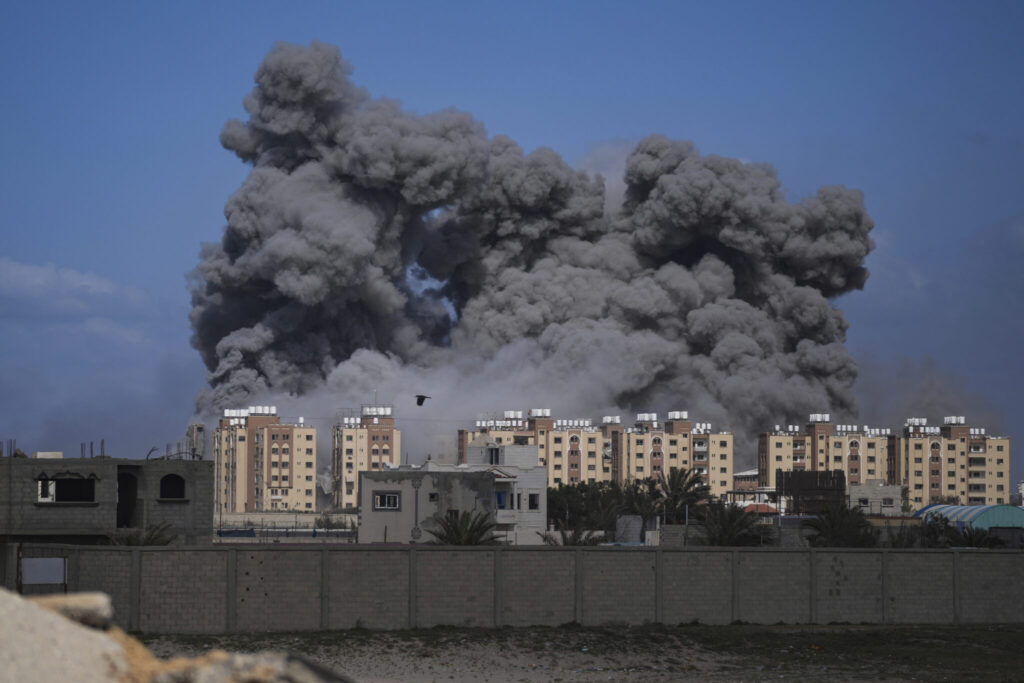
The group said the Israeli military gave it multiple explanations – denying involvement, saying it was trying to hit a target nearby and blaming a missile that went astray. “The variety of responses highlights a continued lack of transparency,” the group said.
The medical charity Doctors Without Borders said a tank shelled a house sheltering its staff and their families in Muwasi in February, killing one staffer’s wife and daughter-in-law.
Both groups said they had informed the military repeatedly of their locations and clearly marked the buildings.
Israeli admissions of mistakes are rare.
In December, after a strike killed at least 106 people in the Maghazi camp, the military said buildings near the target were also hit, likely causing “unintended harm to additional uninvolved civilians.” It also admitted soldiers mistakenly shot to death three Israeli hostages who were waving white flags after getting out of Hamas captivity in Gaza City.
‘THE PATTERN’
In Israel’s ground assaults, troops are operating in urban environments, searching for Hamas fighters while surrounded by a population hunkering in their homes and in motion, trying to flee or find food and medical care.
Some Israeli politicians and news outlets regularly proclaim there are no innocents in Gaza. And in some videos circulated online, soldiers talk of getting vengeance for the Oct. 7 Hamas attacks that sparked the war.
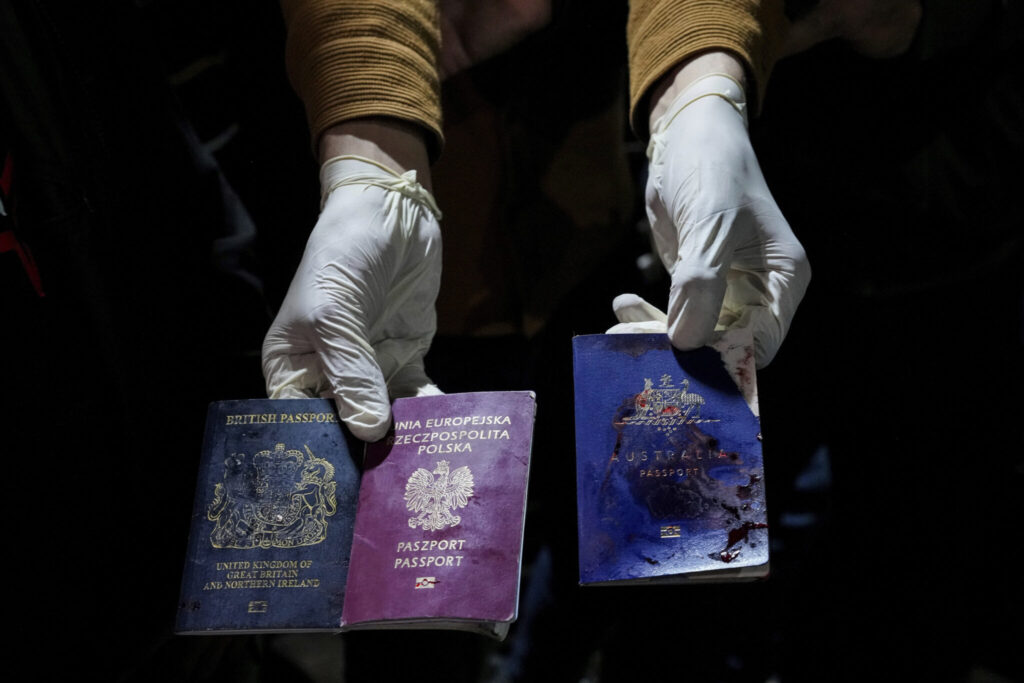
In that atmosphere, Palestinians and other critics say, soldiers on the ground appear to have wide liberty in deciding whether to target someone as suspicious. Residents and medical staff in Gaza say they see the result.
Dr. Tanya Haj-Hassan, a doctor with Medical Aid for Palestinians who just returned from two weeks at a Gaza hospital, said staff regularly treated children and elderly shot by snipers.
“It’s not an anomaly. It’s actually the pattern,” she told journalists in a briefing this week. “I don’t think it’s that children in particular are singled out as targets. The understanding and kind of the conclusion you reach … is that everybody’s a target.”
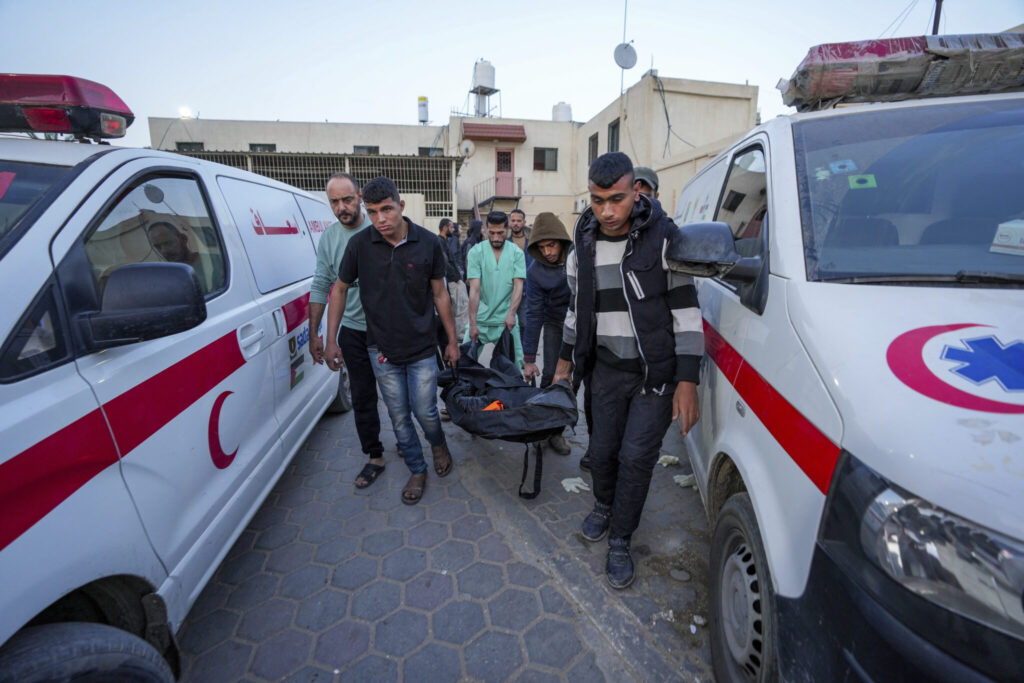
Chris Cobb-Smith, a former British army and weapons expert who’s done research and security missions in Gaza, said that if there was a breakdown in communication in the case of the World Central Kitchen strike, “for a professional army, this is inexcusable.”
“There seems to be a consistent pattern of utterly reckless behavior,” said Cobb-Smith, who helped investigate the Doctors Without Borders shelling.
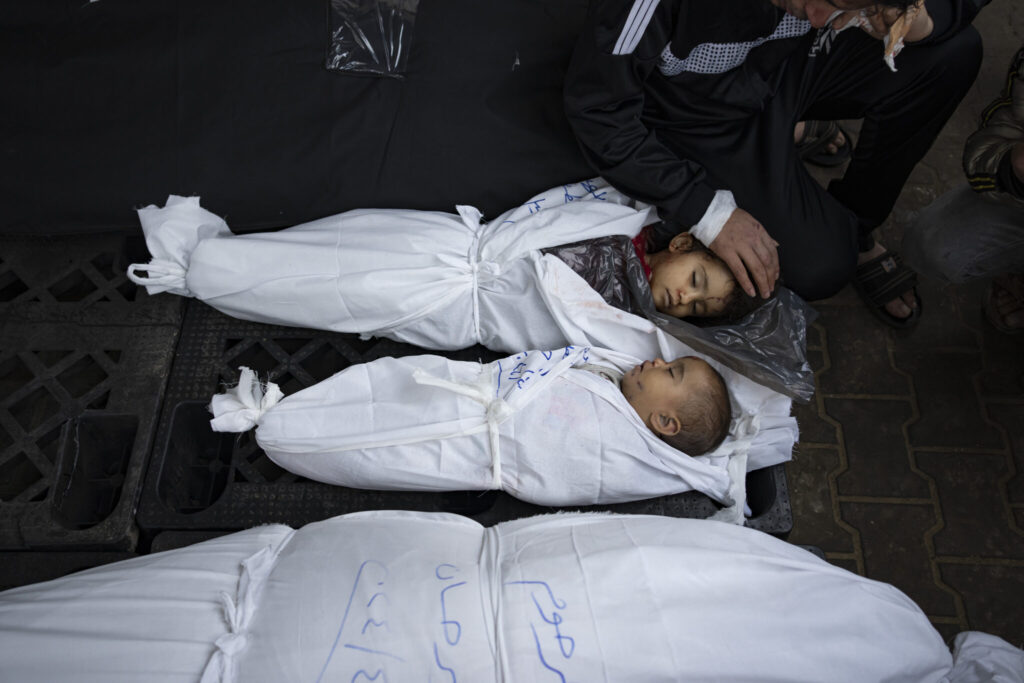
Chris Lincoln-Jones, a former British intelligence staff officer who has worked in the defense industry including alongside an Israeli drone manufacturer, said the investigation showed unprofessional actions and poor command and control: “They don’t operate proper battle space management.”
Even if a gunman had been in the car with aid personnel, he said, it wouldn’t justify a strike “unless the gunman was actually shooting at someone from the car.”
“No way that a NATO drone pilot would do that. I would expect to be prosecuted for doing that. I would expect to face the possibility of prison.”

